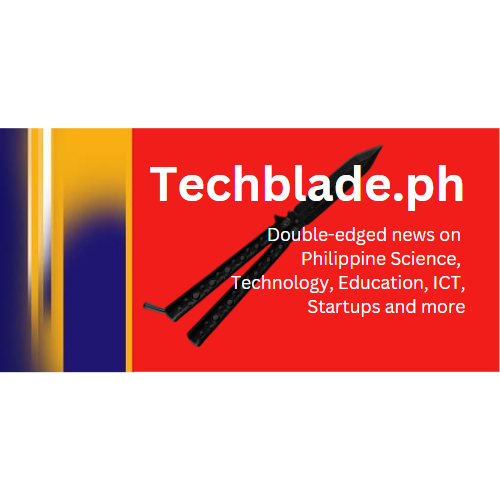By Amanda Dominguez
The idea of a fully automated world can be daunting. The industrial landscape is now evolving at an exponentially faster rate than it ever has before. Computerization and digitalization are changing the workplace as more and more operational jobs are being replaced by computer programs. Customer service is performed by bots, human resources tasks such as recruitment rely heavily on algorithms, finance and accounting are self-service, and soon cars will drive themselves.
We can't help but wonder - perhaps a little nervously - what's in store for us next. How do we equip ourselves to succeed in a future where the conventional jobs that we have been preparing ourselves for will no longer exist?
First of all, we can take comfort in knowing that this is really nothing new. The industrial landscape has been impacted by science and technology for centuries, arguably for millennia. Needless to say, we've always anxiously speculated about the high-tech future (think Metropolis [1927] and Blade Runner [1982]). What's remarkable, however, is that we've constantly been proving our dystopian fantasies wrong. Broadly speaking, innovation has made the world a better place. As machines and computer programs improve operational efficiency in the workplace, we are given more time and freedom to think creatively and entrepreneurially. Think about what mechanizing the assembly line and developing the computer has allowed us to build and experience. Smartphones are providing endless opportunities for us to both shape and participate in the digital world; we can all be photographers, filmmakers, journalists, and developers.
With change and automation being the new norm, our role as humans will hinge on our ability navigate, and more importantly, drive change. Now more than ever, we need to find ways to maximize our innovative and creative potential to become key players in the global economy.
This entails disrupting traditional education by providing children with more opportunities to develop their imagination and creativity through the arts. I don't necessarily mean that the end goal is to have more artists (though this would definitely make the world a better place). The objective is to enable and empower children to exercise their creative muscles and develop their imaginations, so that perhaps, one day they will become disruptors, innovators, and inventors, defining new sources of livelihood and experiences for the global community.
This stance isn't too far-fetched. After all, we've been studying the humanities and quantitative subjects and often end up working in spaces for which we may not have been formally trained, but developed the necessary skills to perform them. For instance, I studied archaeology and became a management consultant. On the surface, this probably doesn't add up. But the discipline of breaking down archaeological sites to its component parts requires very similar skills as taking apart a business case or problem and reorganizing its data into frameworks. The same can be said about the arts and entrepreneurship; it all boils down to being able to think outside the box.
We truly are living in an exciting time where imagination and creativity are more valuable and the industrial landscape more malleable than ever. Instead of wondering what the world has in store for us, we can define it for ourselves.
This post is part of a blog series promoting Open Collaboration with East Asia New Champions (OCEAN) Summit 2016 in Bohol on November 24-26, 2016, with the theme: The Future of Industry and Impact. There will be a session on The Future of Talent: Cultivating a New Generation of Leadership. To know more and participate, go to http://www.ocean16.asia/.










0 Comments